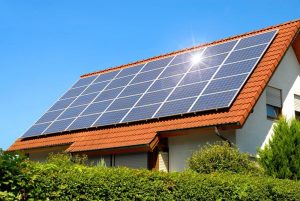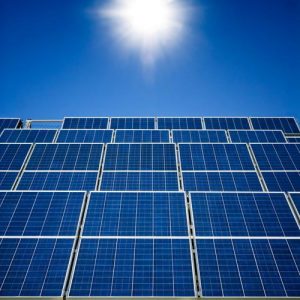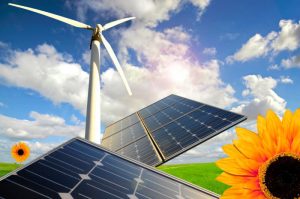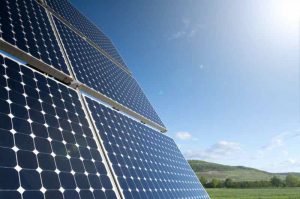Inverter/UPS models and their energy efficiencies in India
Twenty-four hour power supply is a rarity in India. There are very few places in the country that can boast of having continuous supply of power. All this has resulted in growth of Inverters, UPS and DG sets industry in India. Although there are many branded models of inverters/ups available in the country, there are many people who still go for cheap/unbranded models that can significantly increase electricity bills. The efficiency of inverters/ups is not even considered as a factor while buying an inverter/ups. After writing couple of articles on inverters (“Sizing batteries and inverters for a solar PV system” and “Choose right inverter for home and maintain it right to manage electricity bills”), we thought of doing some research on efficiency of inverters available in Indian market. This article is outcome of our research.
Efficiency in an Inverter/UPS system
Efficiency of a system in simple terms can be defined as the ratio of Power it gives as output to Power it takes in as input. If the batteries are charged using regular power supply then there are 2 operations for which efficiency can be identified:
- Charging of batteries: Here the inverter takes power from power supply and charges the batteries. Power input is power taken from mains and Power output is the energy saved in the battery. Efficiency here will be effectiveness with which inverter saves 1 unit (or kWH) of power. If all of it is stored in the battery it will be 100%. If only 0.85 units are saved then the efficiency will be 85% with 0.15 units of energy lost.
- Inverter as power backup: In this case there is no power supply from the mains, so power is taken from the battery and supplied to the setup where it is used. Efficiency here will be effectiveness with which inverter draws and uses 1 unit (or kWH) of power. If all of it is effectively used then the process is 100% efficient. But if only 0.85 units are supplied to the system then the efficiency will be 85% with 0.15 units lost.
(In case of Solar PV system, only the second step is applicable)
Efficiencies in step 1 can vary from 60% to 90% depending on type of battery, battery health and charge levels in it. During our research, we did not find any manufacturer mentioning this efficiency in their technical specifications as it also depends on the battery being used.
Efficiencies in step 2 can vary from 50% to 98% depending on the make of the inverter. This is something that some manufacturers do publish. Unfortunately we found only one manufacturer publishing this information in India.
Inverter/UPS Models in India and their efficiencies
There are a handful of brands that are popular in India. The list below lists all the brands, their models and their efficiencies (efficiency in battery mode or step 2 as mentioned above). Microtek is the only brand that publishes efficiencies (the data is found from manufacturers’ website).
The reason for not publishing efficiency data we believe is because consumers do not demand the information. If people start asking and caring about efficiency of appliances (just to save their own electricity bills), this information will start getting published. Also efficiencies will increase if customers demand for it.
Comparing Inverter efficiencies from global standards
Although inverters are not used extensively as power backup in most developed countries, but they are certainly essential part of Solar PV systems. The Go Solar Initiative in state of California in USA has mandated minimum 90% as permissible limit for efficiencies for inverters used with Solar PV (link) and most of the inverters in their list have efficiencies in the range of 95% to 98% which is something that we could not find out in Inverters/UPS in India.
Difference between UPS and Inverter
While both terms are used interchangeably as both are power backup solutions. The only difference between the two is that UPS switches to battery instantaneously as power goes off whereas with an inverter there is some time gap.
References
http://www.gosolarcalifornia.ca.gov/equipment/inverters.php
http://www.microtekdirect.com
http://luminousindia.com/
http://www.su-kam.com
http://www.videoconworld.com/index.php?option=com_catalog&view=productlisting&id=27&Itemid=148
About the Author:
Abhishek Jain is an Alumnus of IIT Bombay with almost 10 years of experience in corporate before starting Bijli Bachao in 2012. His passion for solving problems moved him towards Energy Sector and he is keen to learn about customer behavior towards Energy and find ways to influence the same towards Sustainability. More from this author.






